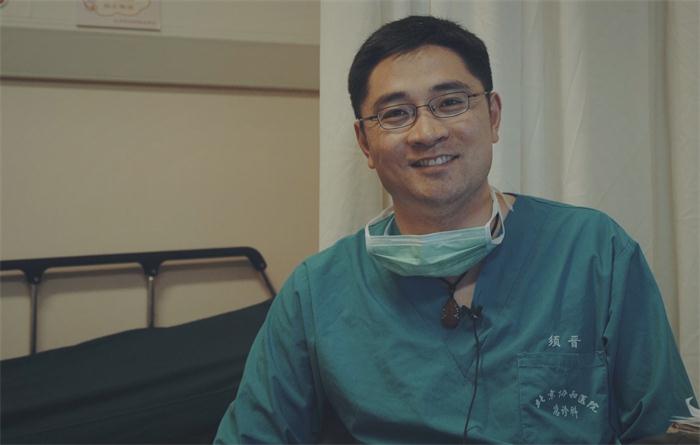Night in emergency room: Doctor's story
Wearing a long, blue unlined gown and a pair of square glasses, Xu Jin sits straight on a chair and listens intently as the patient across describes his symptoms, while three others wait fretfully to see him next. Xu shares the eighth clinic room with a colleague. The room contains at most 15 square meters, not too bad or too good. In the left corner is a portable hospital bed and some medical equipment. In the right corner is a washbasin. Three chairs and two computers are crammed into the space.
"We need to speed up our interview and finish it within one hour," Xu Jin tells me, matter-of-factly.
By now, the emergency room's hallways are jammed with patients. Some have gaping wounds and are losing blood. Others moan in agony. The squeaky-clean floors and rows of identical chairs and slightly hushed voices and smell of disinfectant raise the tensions higher.
Xu is on the night shift, from 5 pm to 8 am. Within two hours, Xu has attended to at least 20 patients, with some of their medical records lying neatly on his table.
"On average the overall number of emergency department registers on a daily basis is 500 or so and the number will be quite larger than that on holidays, so the workload is heavy," Xu said.
From the time the night shift begins, Xu is so busy that he does not even have time for a drink of water or a meal.
An elderly patient knocks on the door and comes in holding her husband's hands.
Xu immediately moves a chair to let the patient sit down and starts examining the patient's legs.
"Does it hurt?" he asks.
"Yes," the patient replies.
"There is a bump in the left leg. What kind of food do you eat everyday?" the doctor asks.
"Some vegetables. I have a healthy diet as you recommended last time," the patient answers.
"There must be some inflammation, I will give you a prescription; please go upstairs to take it."
Twelve years of extensive experience means Xu is able to make a quick diagnosis.

















